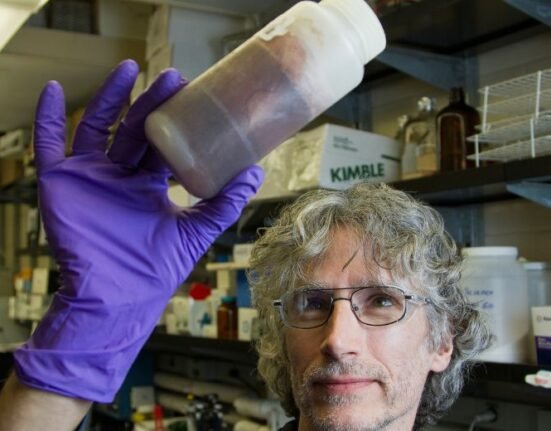HQ Team
March 18, 2024: A gene editing technology called CRISPR can help diagnose nontuberculous mycobacteria infections in less than two hours from six months, researchers found.
The nontuberculous mycobacteria found in water, soil and dust may not cause any harm. For people with underlying conditions, it can lead to lung infection and inflammation.
Infections with symptoms such as bloody cough and scarring can make pneumonia and bronchitis more common. A proper diagnosis can take six months due to the slow growth of the bacteria.
Tulane University researchers have developed a CRISPR-based platform to perform blood-based diagnosis on the bacteria.
Six months to two hours
The platform simplifies and shortens a six-month procedure to two hours, according to a university statement.
The Clustered Regularly Interspaced Short Palindromic Repeats (CRISPR) gene-editing technology, has a higher gene-editing efficiency, lower off-target effect, and no DNA integration.
It makes it possible to correct errors in the genome and turn on or off genes in cells and organisms quickly, cheaply and with relative ease.
The technology has several laboratory applications including rapid generation of cellular and animal models, functional genomic screens and live imaging of the cellular genome, according to the National Center for Biotechnology Information.
Tulane researchers’ initial findings showed that the blood test was able to accurately identify more than 93% of patients with a nontuberculous mycobacteria infection.
Rising infections
Cases of NTM infections have continued to increase annually, spreading from subtropical regions to more temperate zones in part due to global climate change.
“NTM infection is highly underestimated, and due to the slow diagnosis of it, patients with NTM infection are not effectively treated,” said Bo Ning, corresponding author and assistant professor of molecular biology at Tulane University School of Medicine.
“Importantly, our blood test can analyze NTM DNA fragments in the bloodstream, thereby inferring a drug response, which is crucial for rapidly determining treatment plans, capabilities traditional diagnostic approaches cannot achieve.”
The blood test is specifically designed to detect mycobacteria avium complex — one of the most common types of NTM and the most common cause of NTM-induced pulmonary disease.
Slow-growing bacteria
Current diagnosis methods rely on the analysis of long-term cultures of the slow-growing bacteria, which can lead to delays in diagnosis and treatment. With more than 190 species of NTM, correctly diagnosing an infection can be difficult.
The findings were published in the American Journal of Respiratory and Critical Care Medicine. The study was conducted in collaboration with Oregon Health & Science University.
“The goal is to reduce barriers to testing and diagnosis and prepare for a potential surge of NTM infections,” Ning said.








